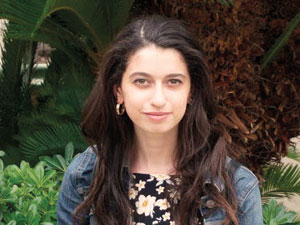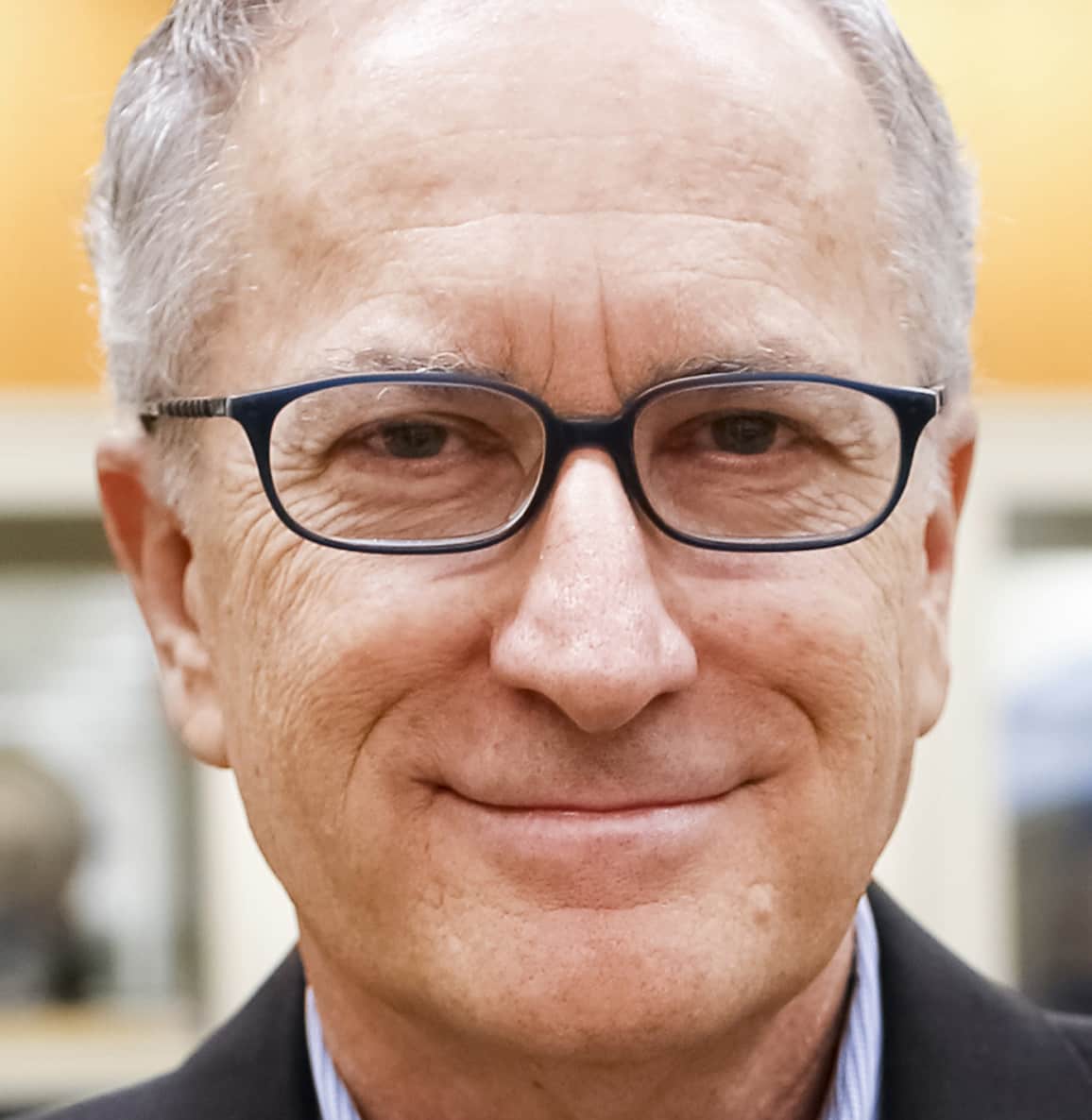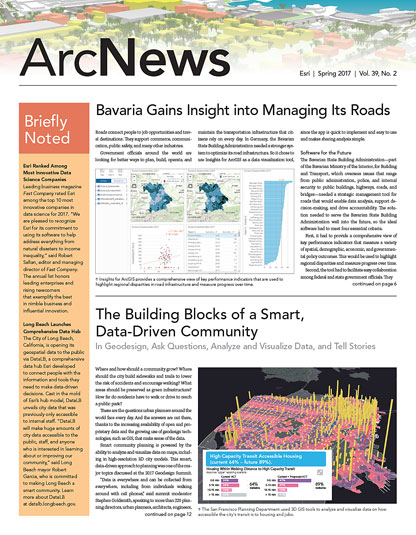One of the pleasures of my job as executive director of the American Association of Geographers (AAG) is getting to work with young people seeking their way in life. Sometimes that means participating in their explorations of considering a career in geography or GIS. As seasoned professionals, we often forget how passionate and creative young people are in the search for meaning in their work and lives.

Nina Feldman, a student intern at the AAG, recently recounted, during a speech she delivered at the Library of Congress, her journey of discovery that led her to study GIS. I was so impressed by this touching account of her career search that I would like to share a version of it. I hope her words resonate with other young people considering a career path in geography or GIS.
This is what Feldman had to say:
For me, GIS was a discovery process, not a clear-cut choice. GIS in its basic definition is “a computer-based system that collects, analyzes, and distributes spatial data and information.” However, to me, it is much more than that. It is a collection of data that represents people’s lives, experiences, and significance.
I have always been a collector. Throughout my life, I’m sure I’ve had about 15 different collections. At age four, I started with rocks. At age nine, I advanced to Pokémon cards. At 14, it was Russian nesting dolls, with their exquisite patterns and colors. And finally, today, at age 20, it’s maps. Maps of places I’ve been, maps of places I want to go, maps that friends have given me from their adventures, and maps that I drew myself.
As I watched my wall of maps grow along with my desire to learn, I had a feeling this wasn’t just a phase.
It started after the first day in my Introduction to GIS and Cartography class. I called my mom, all bubbly and thrilled, saying, “Mom! I just got out of my GIS class, and it was so much fun! We got to make our own maps about population changes in Vietnam. And we did it all on one computer program!” She excitedly responded, “Aw, honey, that’s so great! I’m so happy for you!” There was a pause. “What is GIS?”
Since that day, I’ve answered that question many times. But no matter how I phrased it, I always got an unsure nod with a confused face. Only a few months’ prior, I would have been dazed and befuddled by those three letters as well.
When people ask what is so great about GIS, it’s difficult for me to clearly explain because I’m still learning about it myself. And that in itself creates a sense of discovery. With advancements in technology and the development of new ideas, the opportunities for GIS seem boundless. This is why I love it. Watching this progress unfold keeps me captivated in this emerging field.
I came to realize that what I thought was just a simple mapmaking program is so much more. It’s a process that takes complex information and simplifies it to make sense of a chaotic world. GIS is an awe-inspiring tool that can help solve real-world problems.
In addition to my coursework, my work experiences have solidified my interest in geography and GIS. I was lucky to have the opportunity to work as an intern with Doug Richardson at the American Association of Geographers and John Hessler at the Library of Congress last summer. Between the two positions, there was never a dull moment.
I remember my first day walking into the Library, when John brought me to where I’d be working. It was a big room with a computer, a few chairs, and a table stretching around the entire room with piles and piles of papers, books, binders, and notes. On the opposite wall were stacks of boxes, some taller than me. At first, I was a bit stumped. What was I supposed to be doing here? But then John explained to me that in these were the personal archives of Roger Tomlinson, the “father” of GIS, and I would be able to comb through and organize them. I’ve never been more excited to see a room full of boxes.
For the rest of the summer, I was flipping through seminars, organizing case studies, piling up binders, and labeling over 100 boxes. I couldn’t have been happier. Because even though I wasn’t working with computers handling data or spatially analyzing satellite images, I was able to grow my passion, knowledge, and appreciation of GIS by organizing the past of its founder.
In my hours of filing and labeling I had time to think about my own future and potential careers. I found myself thinking about how my dad made up his mind on becoming a physical therapist. He said that in medical school, he would walk around the hospital in Brooklyn, passing by all types of doctors, but physical therapists were the only ones that always had smiles on their faces.
I want my job to be like that. I want everyone to be happy and smiling. And even in times of stress or sadness, they would never once think about quitting their jobs.
I’ve heard so many incredible stories over the years from professors and supervisors—from living for months in the jungle as a cartographer to working with permafrost in the Arctic. From the inescapable heat to the bitter cold, these people have gladly dedicated their lives and work to “collect, analyze, and distribute spatial data” in the most amazing ways.
Every day, more people are thinking of ways to use GIS to solve problems around the world. Throughout college, all the people I met—from professors to interns, cartographers to map enthusiasts—have all had that same passion: a passion that drove them to discover something new, to see the world through a different lens.
In the end, why did I choose GIS as my career? Ultimately, it came down to a feeling. I knew I was meant for this field as I sat in the computer lab for hours, perfecting a map, having the time of my life. All I need is a pair of headphones and a window of ArcMap, and I feel whole.
I know that I still have much to learn and discover. But one thing I know for sure is that I can’t wait to add some more memories and maps to my collection.
For more information about careers in geography and GIS, contact Doug Richardson.
Read other articles in the “Crossing Borders” series.


